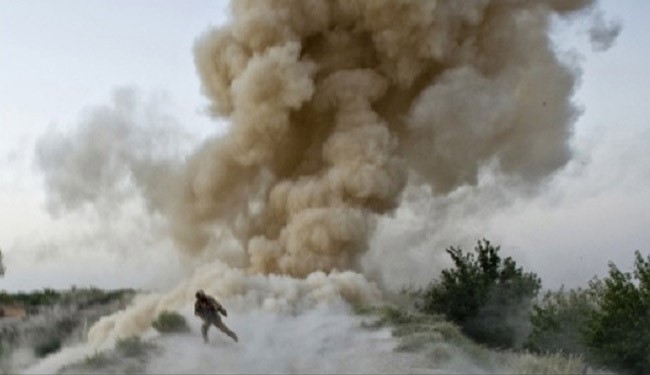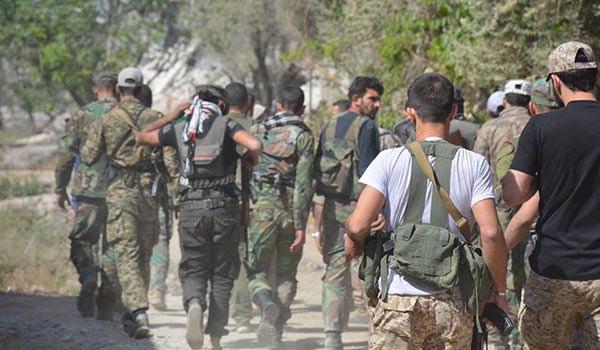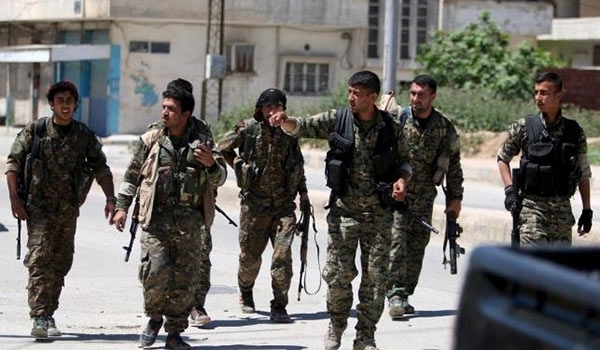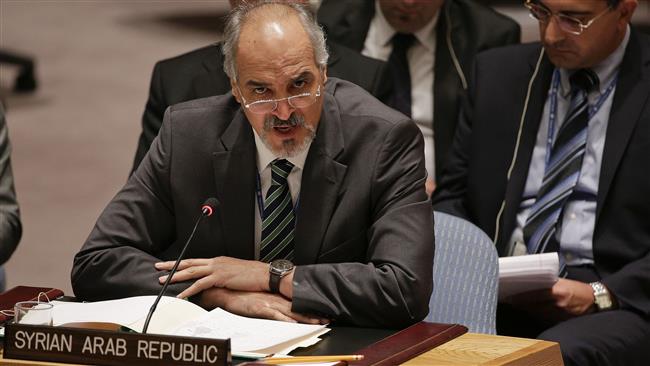ISIL Use Chemical Weapons Against Iraqi Kurds

Kurdish authorities in Iraq said Saturday they have evidence that the Islamic State group used chlorine gas as a chemical weapon against peshmerga fighters, the latest alleged atrocity carried out by the extremist organization now under attack in Tikrit.
The allegation by the Kurdistan Region Security Council, stemming from a Jan. 23 suicide truck bomb attack in northern Iraq, did not immediately draw a reaction from the ISIL group.
However, Iraqi officials and Kurds fighting in Syria have made similar allegations about the militants using the low-grade chemical weapons against them. In a statement, the council said the alleged chemical attack took place on a road between Iraq’s second-largest city, Mosul, and the Syrian border, as peshmerga forces fought to seize a vital supply line used by the Sunni militants. It said its fighters later found “around 20 gas canisters” that had been loaded onto the truck involved in the attack.
An official with the Kurdish council told The Associated Press that dozens of peshmerga fighters were treated for “dizziness, nausea, vomiting and general weakness” after the attack. He spoke on condition of anonymity as he was not authorized to discuss the incident.
The Kurds say samples of clothing and soil from the site were analyzed by an unnamed lab in an unnamed coalition partner nation, which found chlorine traces.
There have been several allegations that the ISIL group has used chlorine as well. In October, Iraqi officials claimed ISIL militants may have used chlorine-filled cylinders during clashes in late September in the towns of Balad and Duluiya.
Their disclosures came as reports from the Syrian border town of Kobani indicated that the extremist group added chlorine to an arsenal that already includes heavy weapons and tanks looted from captured military bases.
Insurgents have used chlorine gas in Iraq before. In May 2007, suicide bombers driving chlorine tankers struck three cities in Anbar province, killing two police officers and forcing about 350 Iraqi civilians and six U.S. troops to seek treatment for gas exposure.
Those bombers belonged to al-Qaida in Iraq, which later became the ISIL group.




